The train accident in India in early June that killed hundreds of people was not the first tragic incident in the history of the railway industry.
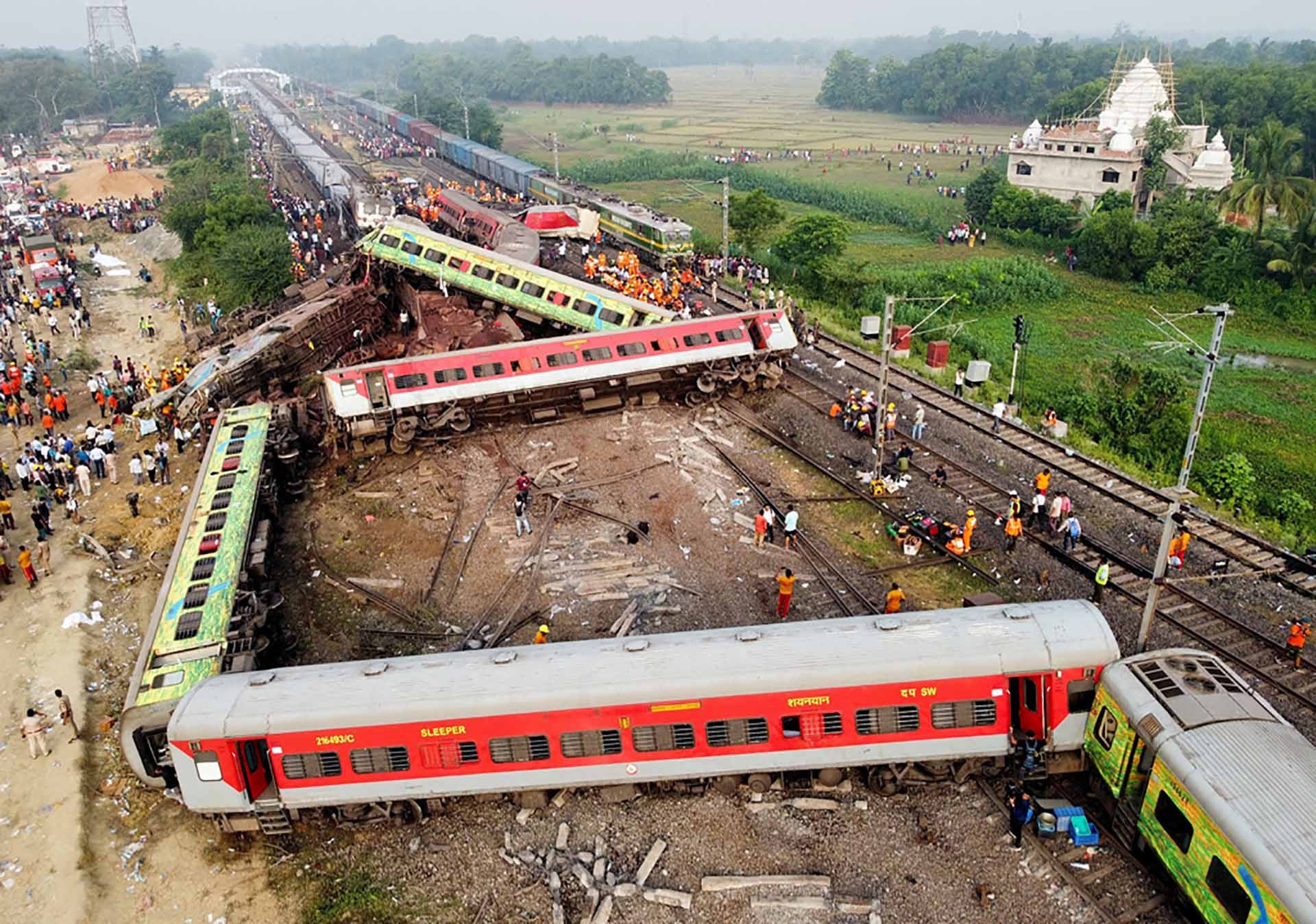 |
| A train accident in India on June 2 left at least 288 people dead and more than 900 injured. (Source: Al Jazeera) |
Long history of development
The history of railways began with the 6.4km long, 1.5m wide Diolkos double-track railway built by the Greeks in the 6th century BC. The first horse-drawn carts on stone tracks appeared in Greece, Malta and parts of the Roman Empire at least 2,000 years ago.
Around 1550, railways reappeared in Europe with wooden rails. In 1768, the rails began to be covered with iron to increase their durability. By the end of the 18th century, iron rails appeared and in 1802, William Jessop - an English civil engineer - opened the Surrey public railway in South London. Although still horse-drawn, this is considered the world's first public railway.
By 1804, Richard Trevithick had built and tested the first locomotive in Merthyr Tydfil, Wales. In 1811, English inventor John Blenkinsop had designed the first successful steam locomotive. From 1830, railways were rapidly built across Britain and the world, becoming the dominant means of land transport for nearly a century until the advent of the airplane and the automobile.
In the decades after World War II, diesel and electric locomotives gradually replaced steam locomotives. Since the 1960s, high-speed rail has appeared in many countries, pioneered by Japan and France, with very high speeds and much safer than traditional trains.
Popular media comes with... risks
Railways are still a popular means of transporting goods and traveling in developing countries such as India, Pakistan, African countries or large countries such as China, Russia, USA, Canada...
Traveling by train is still the means of transport chosen by passengers for many reasons, from ticket price, flexibility to comfort and environmental friendliness.
However, because it is the main means of transport and is used frequently while the infrastructure has not kept up, accidents still occur, despite efforts by governments in many countries to ensure railway safety.
With 13 million people travelling by train every day, India has the fourth longest rail network in the world, at over 68,000 km. Every year, the railways in the world's most populous country serve about 8 billion passengers and transport 1.5 - 2 billion tonnes of freight.
However, despite the government's large investments in improving railway safety, hundreds of accidents still occur every year due to various causes such as fire, brake failure, natural conditions, etc.
The latest was a passenger train crash into a stationary freight train and another passenger train on June 2 in the Balasore district of the eastern state of Odisha. The accident caused several carriages to flip over and collide, killing at least 288 people and injuring more than 900, many of them in critical condition.
According to the Indian Railways, train accidents in the past 10 years in this country have killed at least 260,000 people.
Bloody Trains
Not only in India, the most horrific railway accidents in history occurred in many countries around the world.
The Sri Lankan “Queen of the Sea” is the deadliest train disaster in the history of the world. The Sri Lankan “Queen of the Sea” train was sunk by the Indian Ocean tsunami on December 26, 2004. At the time of the disaster, the train was en route from Colombo to the southern city of Galle. According to station records, the train had 1,500 tickets sold for the Galle trip, but an estimated 200 more people boarded the train at various stops without tickets. Therefore, the death toll in this tragedy is estimated to be at least 1,700 people.
The Bihar train derailment was an Indian train derailed by a cyclone and plunged into the Bagmati River in Bihar state while traveling from Mansi to Saharsa on June 6, 1981, killing over 800 people. The train was carrying about 1,000 passengers packed into nine carriages when it plunged into the river. Indian authorities later said the train's brakes apparently failed before it derailed and plunged into the river. To this day, it remains the deadliest accident in Indian history.
The Saint-Michel-de-Maurienne train fire in France occurred when a train carrying about 1,000 French troops returning from the Italian front was in the process of being joined together. Due to a lack of a locomotive, the trains derailed, collided, and caught fire as they approached Saint-Michel-de-Maurienne. The tragic accident that killed more than 700 people on December 12, 1917 remains the largest railway disaster in French history.
The train tragedy at Ciurea station in Romania on January 13, 1917, killed 600 people. The incident occurred when a 26-car train carrying about 1,000 Romanian soldiers and civilians tried to escape the Nazi attack. The train was speeding, derailed and caught fire after being swerved to the right to avoid a collision with another train using a straight track.
The Guadalajara train crash in Mexico, which killed more than 600 people, occurred on January 22, 1915, when the train’s brakes failed while it was traveling at high speed on a steep slope. The train then derailed, went off the tracks, and plunged into a ravine near Guadalajara. Many of the victims were thrown from the train as it tilted at high speed.
At the time of the accident, the overcrowded train was traveling from Colima to Guadalajara on the Pacific coast. The 20-car train had been specially allocated to the families of Venustiano Carranza, the military leader of the Mexican Revolution. Only 300 of the 900 passengers on board survived the worst accident in Mexico to date.
The Ufa train disaster occurred on June 4, 1989, near the Soviet city of Ufa, killing 575 people and injuring 800. It is considered the bloodiest disaster in the country's railway history.
The disaster involved a liquefied gas spill from a ruptured pipeline near the railway line where two passenger trains were passing each other between Ufa and Asha. The liquefied gas spilled from the ruptured pipeline created a massive explosion, equivalent to 10 kilotons of TNT, completely burning down seven train cars, damaging 37 cars and two locomotives.
The Balvano train disaster was Italy's worst rail accident to date, and is considered one of the most unusual rail accidents of the century. The incident occurred near Balvano in southern Italy in the early hours of March 3, 1944, killing 520 people. The cause of the tragedy is believed to have been carbon monoxide released by the locomotive's steam engine when it died as the train stopped inside the Armi tunnel.
The low-quality coal produced deadly carbon monoxide gas. The passengers and crew were unaware of the danger as the smoke containing the toxic carbon monoxide slowly spread. Some passengers in the rear carriages survived because they escaped before the toxic gas reached them.
The Torre del Bierzo accident in Spain occurred on January 3, 1944. The disaster took place in the Torro Tunnel near Torre del Bierzo, León Province. The accident was caused by the collision of three trains, a mail train, a locomotive train, and a passenger train inside the tunnel, causing several cars to catch fire. The tragedy killed nearly 500 people.
The Awash train derailment in Ethiopia killed about 400 people and injured 500. To this day, it remains the worst rail disaster in the history of African railways. The incident occurred on January 14, 1985, near the town of Awash in Ethiopia, when an express train derailed and crashed into a curve while crossing a bridge between the Arba and Awash railway stations on the Addis Ababa-Djibouti railway line. Seven carriages plunged into a ravine on the Awash River. The train was carrying about 1,000 people when the accident occurred and was believed to be traveling at a higher speed than the speed limit.
The Al Ayyat train disaster in Egypt killed nearly 400 people. On February 20, 2002, an 11-car train was packed with passengers, mostly Egyptians, returning home to celebrate Eid al-Adha, the country's biggest Muslim holiday. While en route from Cairo to Luxor, the train caught fire. The fire started in a car where a passenger had lit a gas stove. The fire quickly spread to other cars, but the train driver continued on, unaware of the fire in the cars behind him.
The flaming train finally stopped at Al-Ayyat station, about 75 km from the capital Cairo, but the rear seven carriages of the train were burned down, killing 383 people who jumped out of the train in panic and many others were injured.
Source




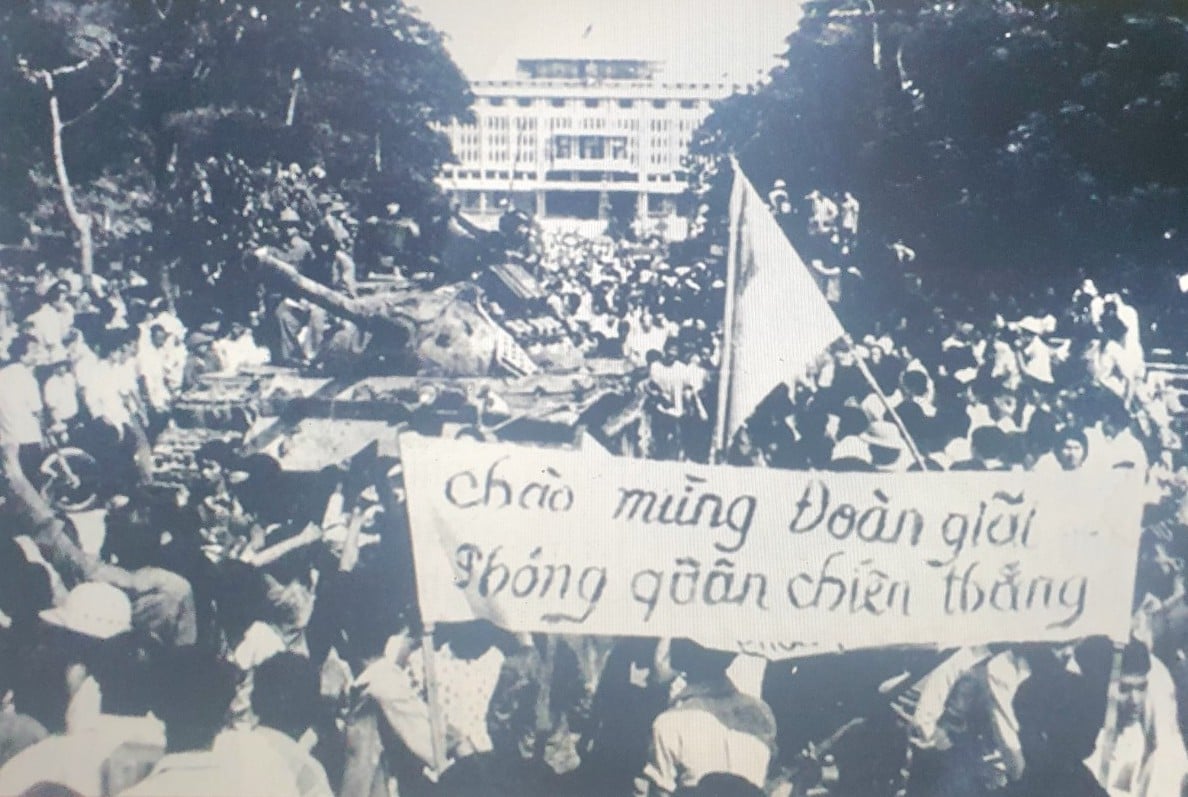


![[Photo] Prime Minister Pham Minh Chinh chairs meeting on US imposition of reciprocal tariffs on Vietnamese goods](https://vstatic.vietnam.vn/vietnam/resource/IMAGE/2025/4/5/9b45183755bb47828aa474c1f0e4f741)
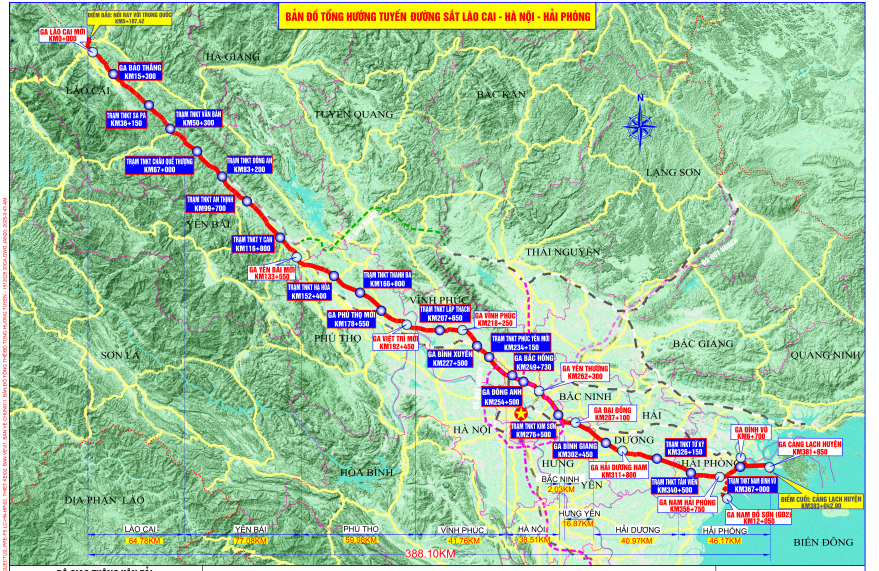








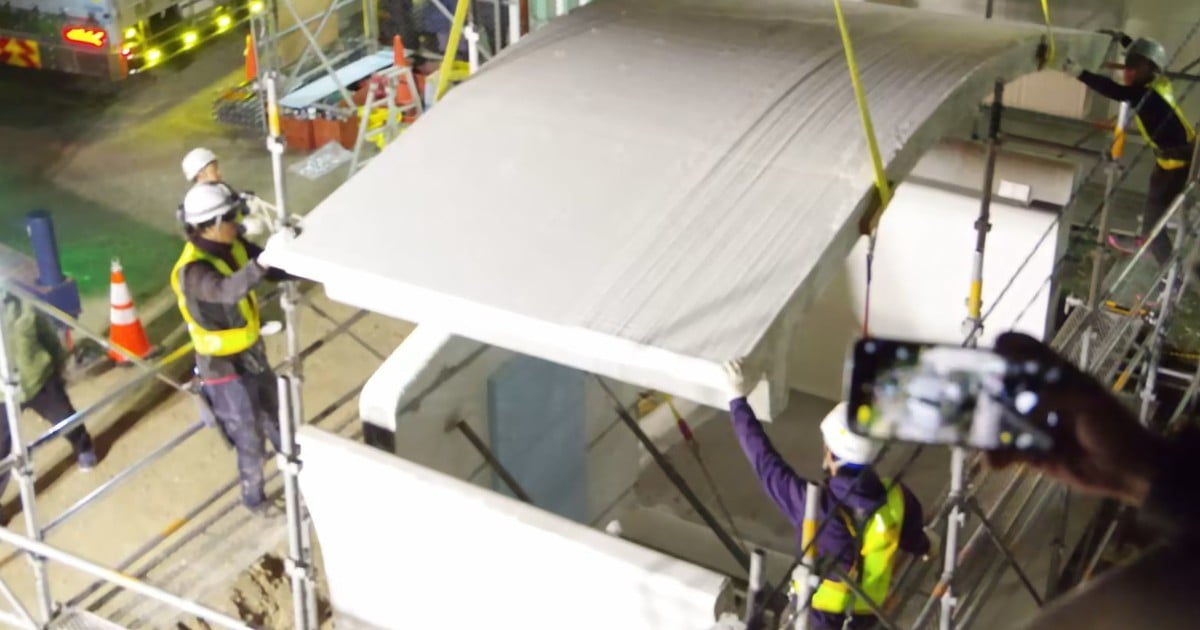



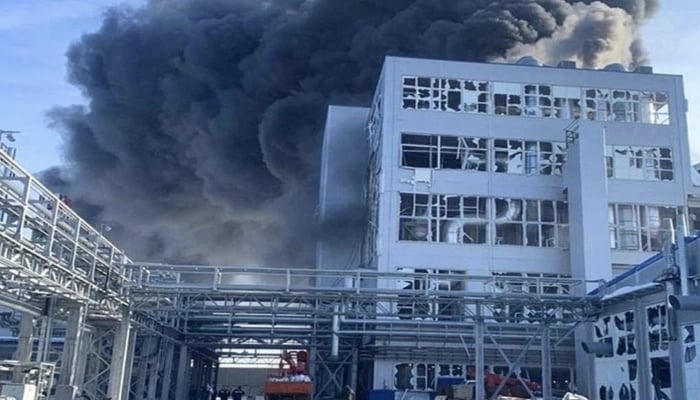










![[Photo] Dong Nai people warmly welcome the forces participating in the parade](https://vstatic.vietnam.vn/vietnam/resource/IMAGE/2025/4/5/ebec3a1598954e308282dcee7d38bda2)


![[Photo] Hanoi flies flags at half-mast in memory of comrade Khamtay Siphandone](https://vstatic.vietnam.vn/vietnam/resource/IMAGE/2025/4/5/b73c55d9c0ac4892b251453906ec48eb)

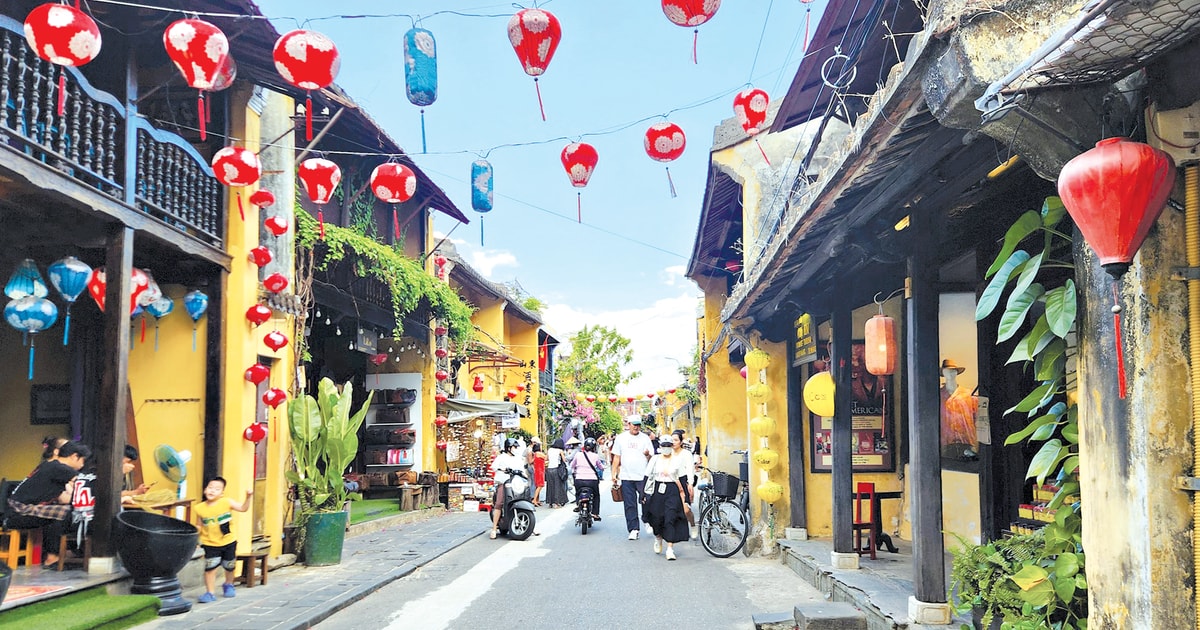






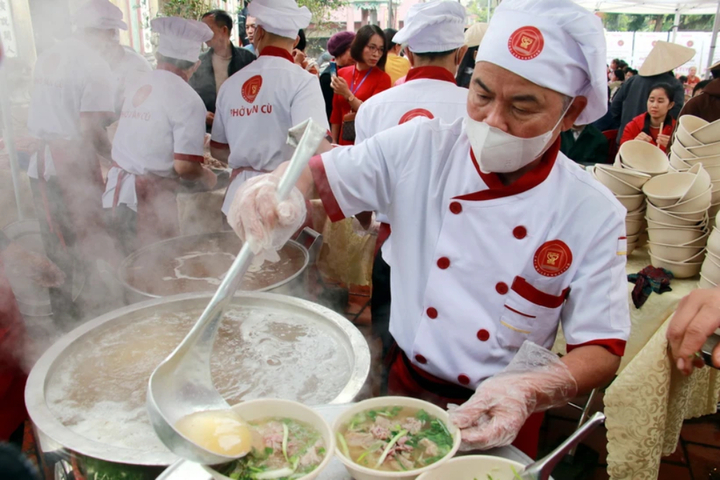




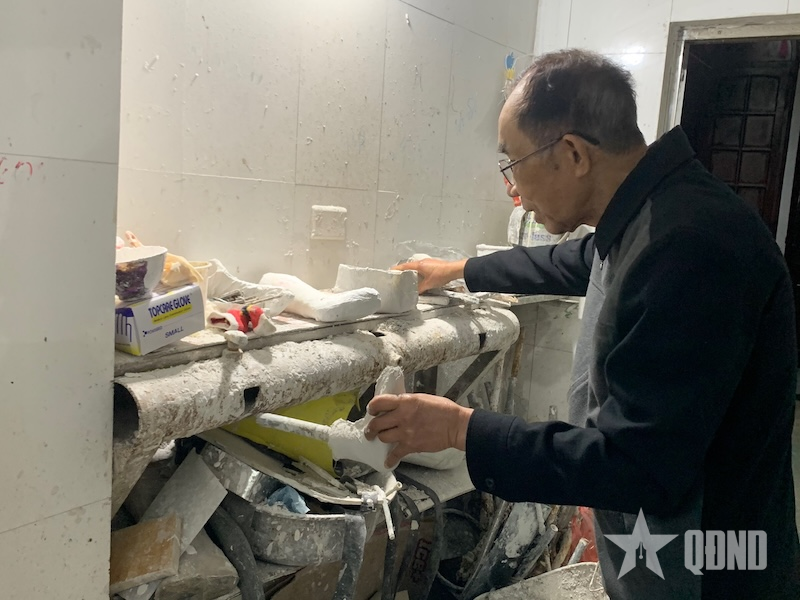






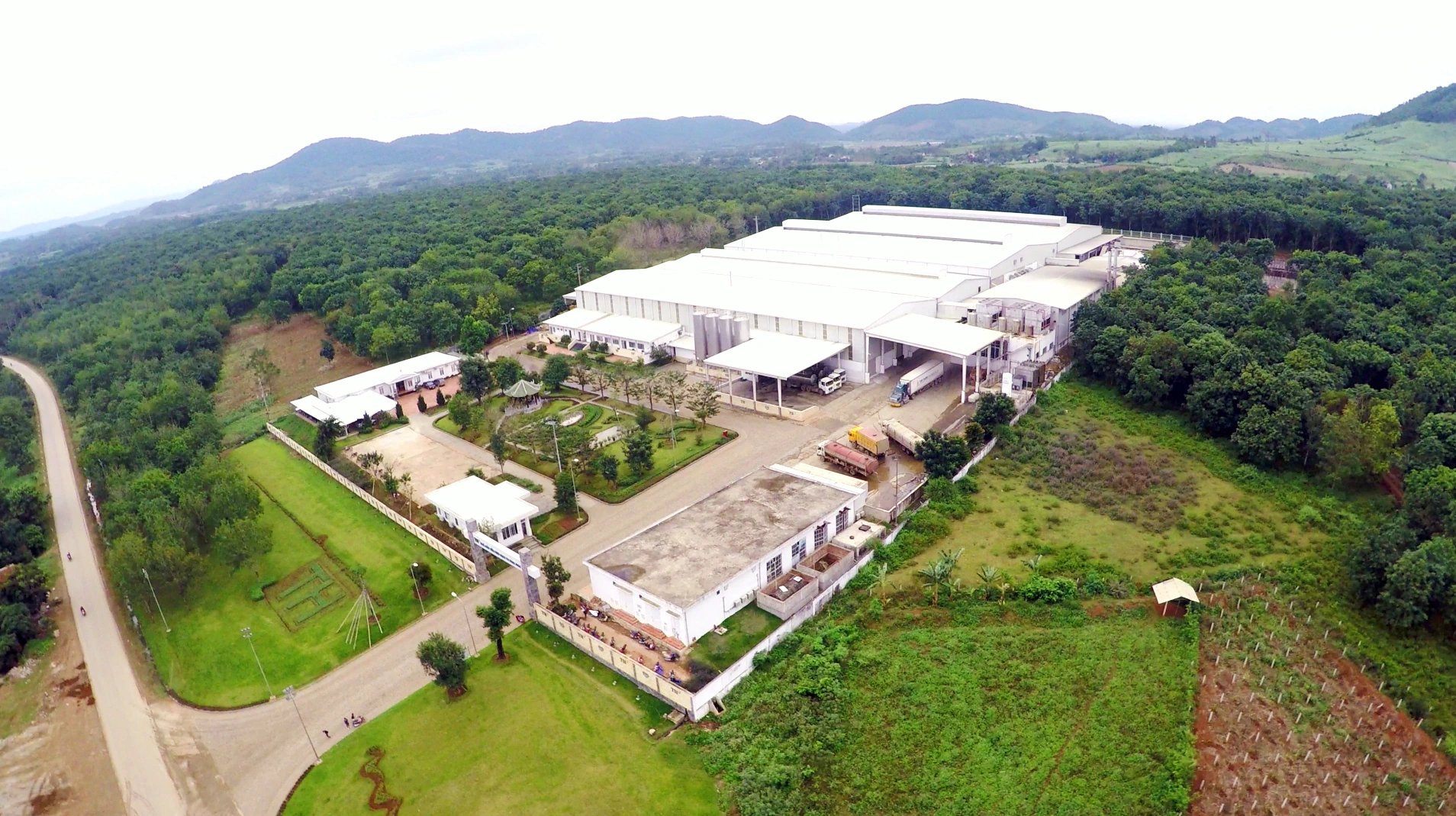

























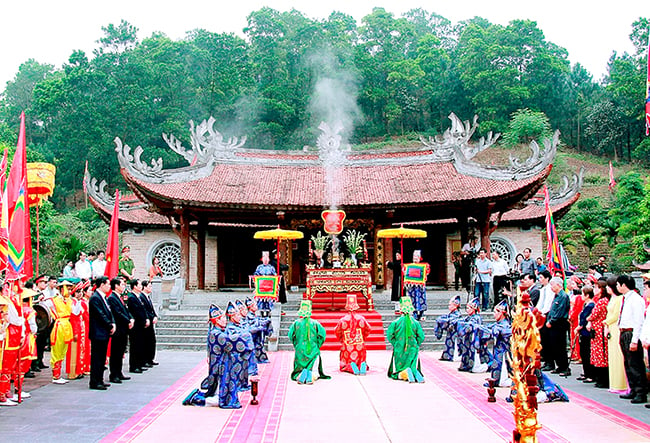
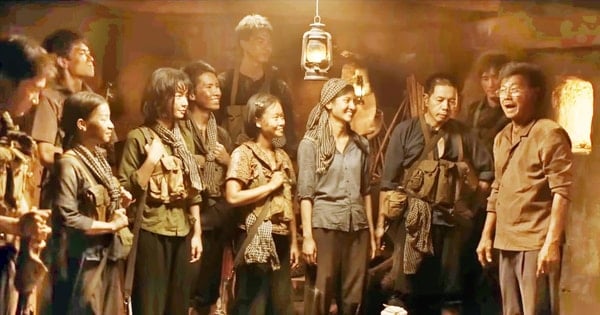












Comment (0)